How to Save Time and Effort Using The Test Pyramid
More important than testing is knowing what to test and how often to test. Here's how you can optimize the time and money you spend on automated software tests during development.
More important than testing is knowing what to test and how often to test. Here's how you can optimize the time and money you spend on automated software tests during development.
Ready to up your coding game? Object Calisthenics will help you create code that is cleaner, more flexible, more agile, and more reusable.
Are you still using JUnit 4? If so, your code will thank you for migrating to JUnit 5.
Did you know that there's an easy way to add quality, speed, reliability, documentation, and long-term value to your software? These three automated tests give you the feedback you need.
"Is this project ready to be deployed?" Every developer is familiar with this question, whether it's asked by a manager or a non-technical stakeholder. Here's how to prepare a good answer.
What makes a successful product design, and at what stage should metrics be defined? Let's dive into why, when, and how product metrics should be set.
For large organizations, discovering whether or not a product or idea will be successful takes an average of 89 days. But with the right techniques, you can ideate and validate in just 5 days.
